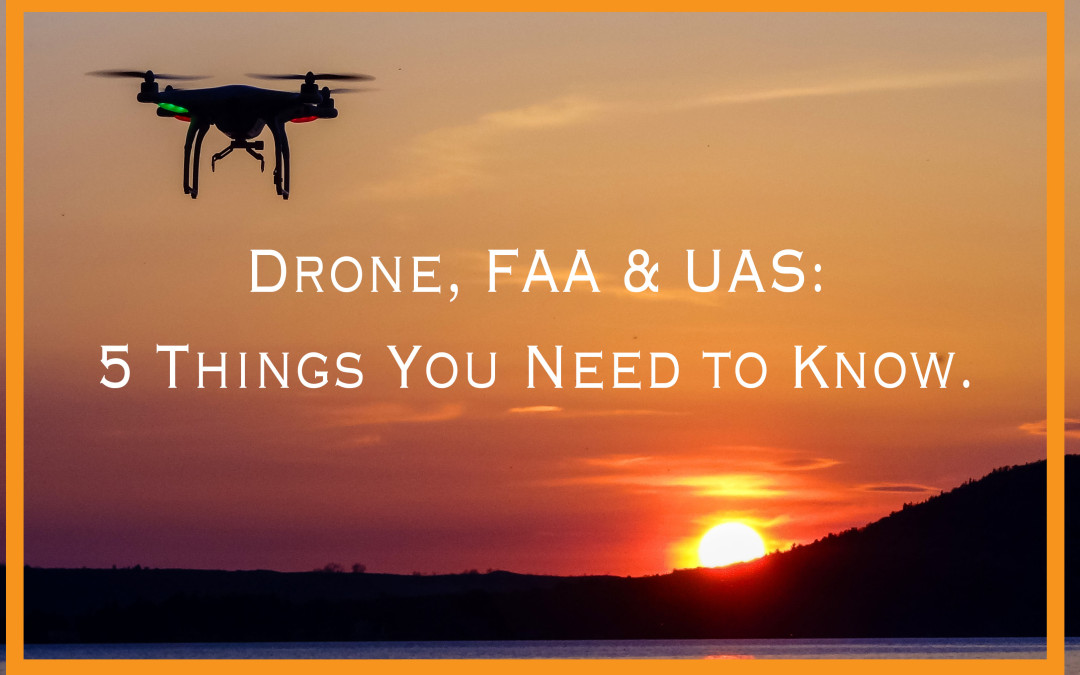Today is the FAA’s implementation of Part 107! The FAA had a live stream event at 11:45 a.m. EDT to announce this new small Unmanned Aerial Systems (UAS) Rule. It is an exciting and historical day for us.
This live event reviewed the need for this new rule to promote our economic and societal benefits by providing a balance of innovation and safety for commercial drone use. It is anticipated that over the next decade, this developing industry should provide approximately 100,000 new jobs and generate around $82 billion dollars. As always, safety is the top priority, as well as change and development of these rules that can provide the best regulations and strategies which will help prevent accidents between the small UAS, manned aircraft and people.
The current Part 107 rules cover routine commercial drone operations in certain locations such as Class G airspace for drones that weigh less than 55 pounds. Any commercial operators that wish to operate flights outside the parameters of Part 107 may apply for certain Waivers on the FAA website. Upon today’s implementation of Part 107, the FAA has already approved 76 waivers under previous pending Section 333 requests which were able to meet the specific requirements needed to be approved for a Part 107 Waiver. Please note that when applying for a Part 107 Waiver, the online process will require information such as a specific time period, maximum flight altitude, longitude and latitude of the center point of the proposed operation, airspace authorization (nearest airport and calls of airspace), detailed description of your proposed operation (including detailed methods by which the proposed operation can be safely conducted), and if any COAs have been applied for, approved or denied. At this time, FAA Resources have stated that they hope to review and approve such waivers in approximately 90 days but that this is an estimation and subject to change depending upon the number of Waiver applications applied for.
The FAA has indicated that this is an ongoing process. A Drone Advisory Committee has been created, which will continue to address and approve future regulations and policies under Part 107, such as safety regulations and strategies to avoid drone related accidents. It is extremely important to the FAA to continue developing and providing best practices for both commercial and recreational use of drones, including concentration on privacy concerns. Other areas that the FAA intently focus on will be rules for flights over people, which they hope to have finalized by the end of 2016, and rules for beyond line of sight operations. This is a staged process that will take some time to develop, implement and improve. The current rules are just a starting point, as additional changes and revisions to the small UAS rules will be forthcoming as the industry continues to evolve.
As always, Dronelaw.pro will be there to help every step of the way!

